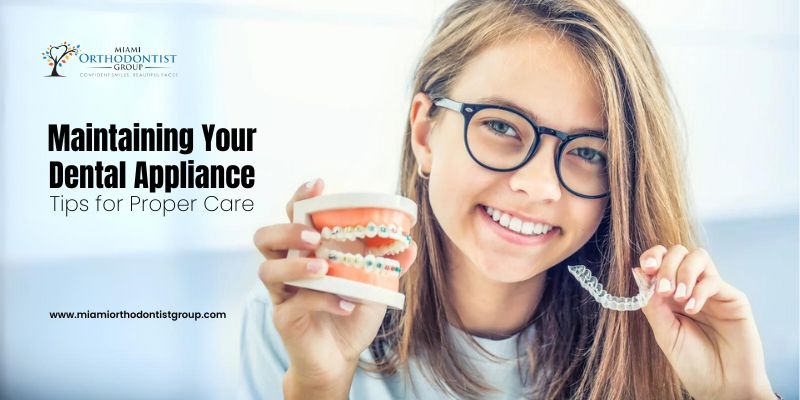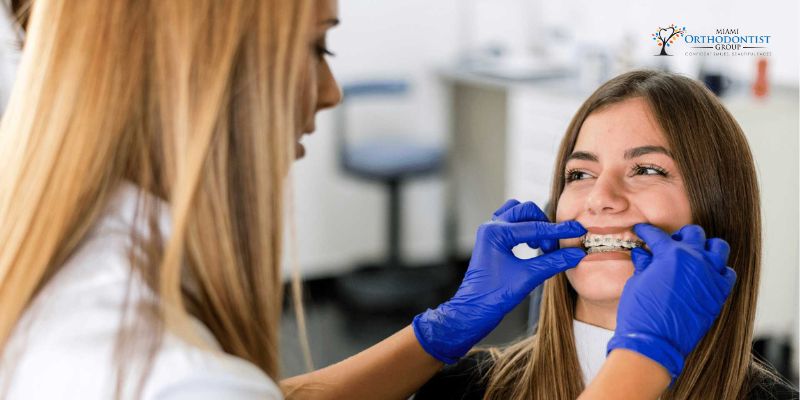Orthodontic treatment has undergone a significant transformation with artificial intelligence (AI) integration. This technological advancement is particularly evident in the design and fitting of orthodontic braces, where AI makes the process more precise, efficient, and personalized.
Navigating the first week with braces can be challenging as your mouth adjusts to the new removable orthodontic appliances. Understanding how to manage pain effectively during this crucial period can significantly affect your comfort and overall experience.
Orthodontic treatment is often associated with adolescence, but the reality is that people of all ages can benefit from braces.
Dental appliances, whether braces, Invisalign, or orthodontic appliances, play a crucial role in orthodontic treatment.
Dentofacial Orthodontics, Braces, Invisalign Aligners, Orthodontic Care.
In the quest for a straight and healthy smile, many individuals are turning to Invisalign as a modern and effective alternative to traditional braces. This revolutionary orthodontic treatment offers a range of benefits beyond cosmetic improvements, contributing to oral health and overall confidence. The Benefits of Invisalign Treatment 1. Invisible and Comfortable Alignment One of …
Continue reading "The Benefits of Invisalign Treatment for a Healthy and Confident Smile"
The field of dentistry has evolved significantly over the years, and one of its specialized branches, dentofacial orthopedics, plays a crucial role in correcting skeletal and dental irregularities. Dentofacial orthopedics is a subspecialty that focuses on diagnosing, preventing, and treating complex issues related to the alignment of the teeth and jaws. This comprehensive guide will …
Continue reading "A Comprehensive Guide to Dentofacial Orthopedics: From Diagnosis to Treatment"
A beautiful smile is a powerful asset. It boosts confidence, enhances one’s appearance, and can leave a lasting impression on others. However, not everyone is born with perfectly aligned teeth. Crooked, crowded, or misaligned teeth can affect oral health and self-esteem. Traditionally, braces were the go-to solution for correcting these issues, but they come with …
Continue reading "Straightening Teeth Without Braces: A Comprehensive Guide to Invisalign"
In recent years, 3D printing technology has revolutionized various industries and dentistry is no exception. Traditional dental techniques often require labor-intensive processes and the involvement of multiple professionals. However, a remarkable transformation has occurred with the advent of 3D printing in modern dentistry. This technology has significantly enhanced dental procedures’ efficiency, precision, and customization, leading …
Continue reading "Application of 3D Printing in Modern Dentistry"
Dental implants have revolutionized modern dentistry, offering a permanent and natural-looking solution for replacing missing teeth. Dental implants can provide an excellent alternative to bridges or dentures, whether you have lost a tooth due to decay, injury, or other dental issues. However, before diving into the dental implant procedure, there are several crucial factors you …
Continue reading "What Things Should You Consider Before Getting Dental Implants?"











